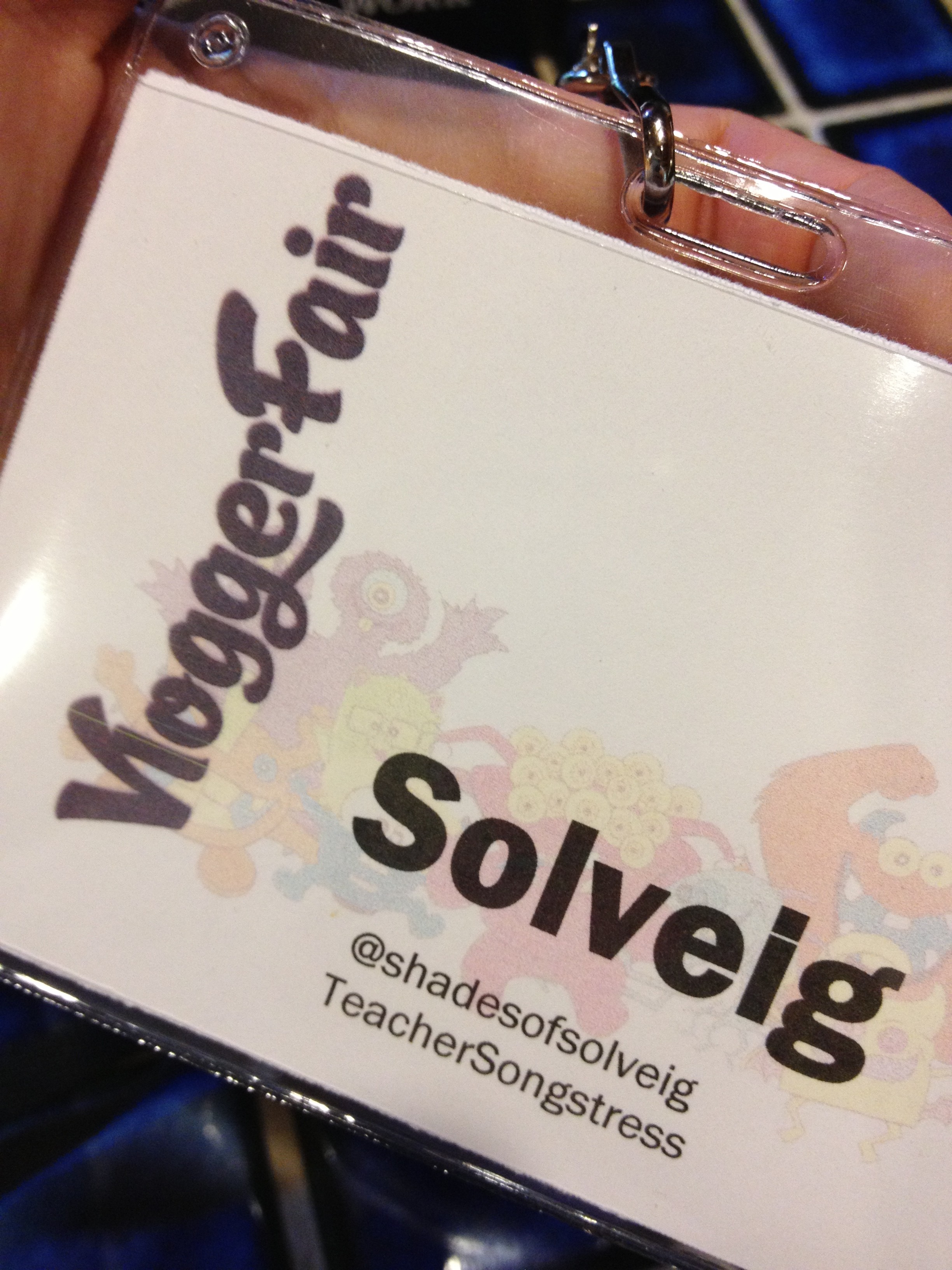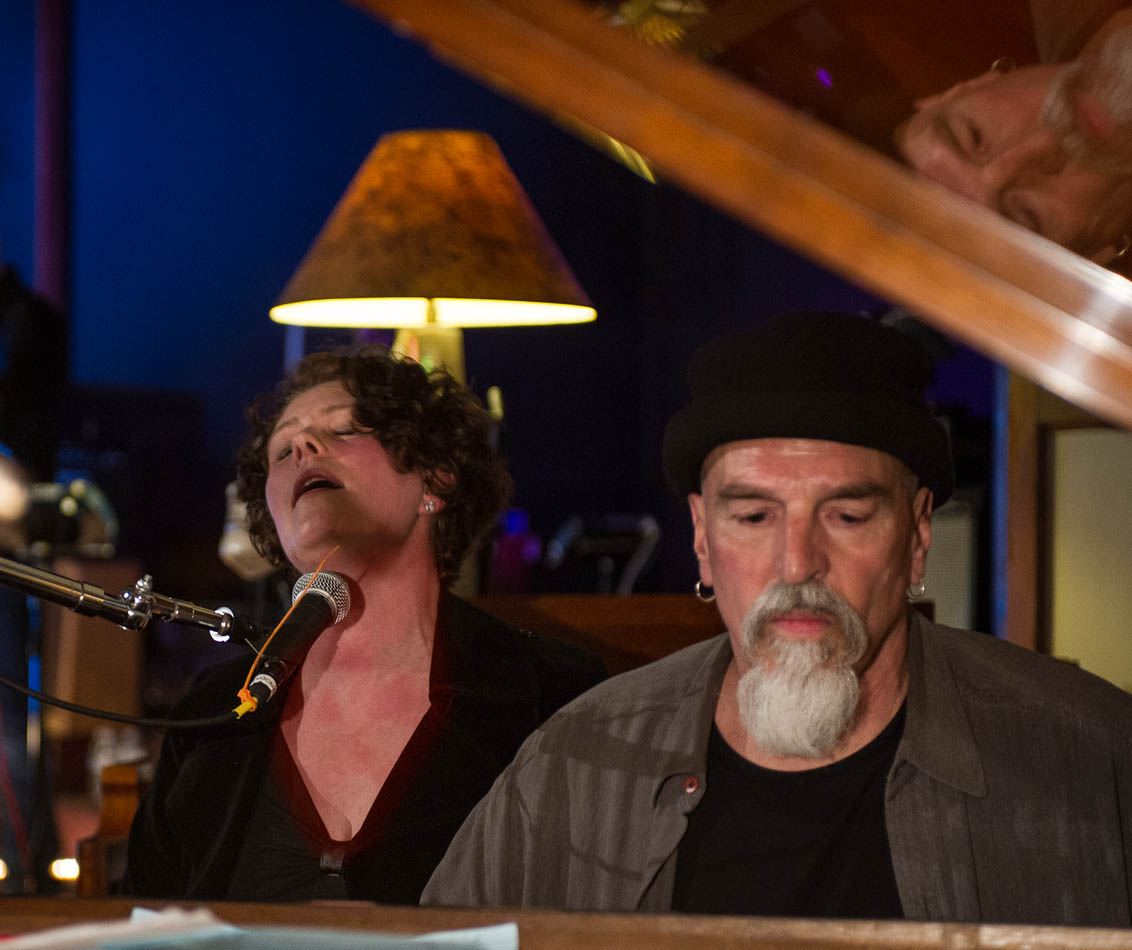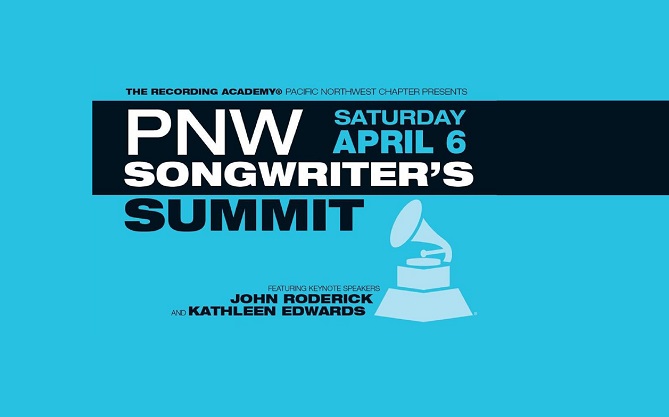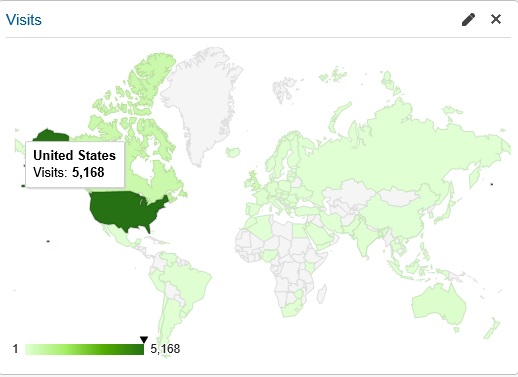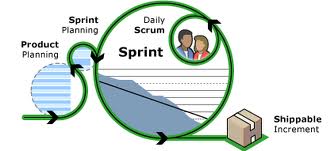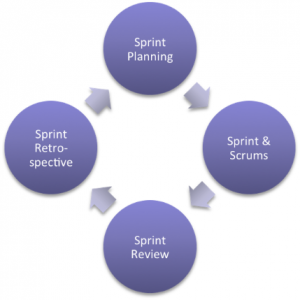Alas, a decade is practically an eternity online, and as such, the download-to-own concept that iTunes revolutionized is already showing signs of age. The growth of subscription-based streaming services like Spotify and Pandora, and the current cultural dominance of YouTube, with its more than three billion videos viewed daily, hint that that music consumers are now largely content to listen, rather than own. – Time Entertainment, April 28, 2013
In this two-part podcast, Jason Spitz and Kyle Bylin of Hypebot’s Upward Spiral Podcast and I discuss some of the customer needs and behaviors that drove iTunes adoption: the unbundling of the single from the CD purchase, as well as the product characteristics (seamless integration with the iPhone, ease of use, standardized pricing). It’s interesting to hear the generational differences in how we adopted (or didn’t!) iTunes to build our personal music libraries, and to note that iTunes clearly was a substitute product for pirated music, even if an imperfect one.
In the second half of our discussion, we cover the transition of customers from download to streaming and debate where the future may lie for Apple’s iTunes and the consumption of music. We discuss iTunes competitors, and what factors might determine whether Apple will continue to dominate music distribution, such as the ubiquity and seamlessness of wifi, and the deep pockets of a platform player like Google, Amazon or Apple, as compared to a software-only offering such as Spotify or Pandora.
Kyle Bylin is the founder and editor of sidewinder.fm, a music and tech think tank, and also conducts research and develop music product concepts for Live Nation Labs. Jason Spitz is an ecommerce expert helping bands, comedians, and other artists build direct-to-fan businesses. In addition to being super-knowledgeable about the music industry, Jason and Kyle are expert conversationalists, and they always pick topics that are timely and interesting.
I sure had fun talking to these guys. Please let me know what you think of our discussion in the comments below!
 Perhaps you can relate: I’ve tried seven different WordPress themes for my band website. I have agonized over which band pictures to use. I created a band logo myself, after trying crowd sourcing one with two different websites. I started with one album cover, and then changed it.
Perhaps you can relate: I’ve tried seven different WordPress themes for my band website. I have agonized over which band pictures to use. I created a band logo myself, after trying crowd sourcing one with two different websites. I started with one album cover, and then changed it.

